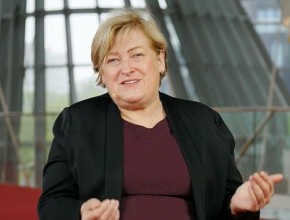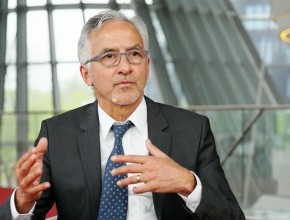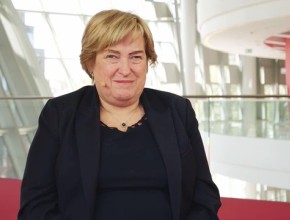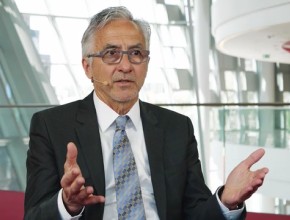How many patients with chronic obstructive pulmonary disease (COPD) in Canada are treated with long-term noninvasive ventilation? Is this number growing?
Andreas Freitag: For sure it is growing and I will tell you where we are using noninvasive mechanical ventilation long term.
You mentioned the COPD population. There is a small proportion of patients that have very high partial pressure of carbon dioxide (pCO2) levels who are chronically unwell. These patients seem to do better—they live longer, have better quality of life, less hospitalizations—with using noninvasive home mechanical ventilation. Most of the time these patients are on controlled oxygen during the day and they wear their noninvasive mechanical ventilation at night, when they are sleeping, or whenever they are distressed. It is a nice safety blanket for them and the patients seem to do better from that perspective. We see a minority of patients with COPD, I am going to say, no more than probably 1% or 2% of patients with COPD, as a guess at least in Canada. So we are not seeing a big increase in terms of that population per se.
I think the other reason why we are not seeing a big increase is because there are some philosophic discussions. With many of these patients, we have philosophic discussions regarding their end-stage lung disease. Many patients elect not to carry on because they find the burden of the disease too much and they find that yes, we can minimize or limit their dyspnea but they come to a decision where enough is enough sometimes. That is one observation.
Where we are seeing a huge increase in noninvasive mechanical ventilation is obesity hypoventilation syndrome. It is clearly an epidemic worldwide. It certainly is in North America and it certainly is within Canada. You have got at least 40% of the population over the age of 40 years old who are classified as being obese. Obviously, worldwide we are seeing a marked increase in the severity and frequency of obstructive sleep apnea, and there is a proportion of those patients who may have coexistent COPD, or they are just not managed effectively enough from a clinical perspective just on, let’s say, continuous positive airway pressure (CPAP) as an example. We are seeing a lot of conversion. It is not uncommon in my intensive care unit now to see patients with severe chronic hypercapnic, hypoxemic respiratory failure related to obesity hypoventilation and/or severe obstructive sleep apnea. For the patients that go on noninvasive mechanical ventilation, it makes a world of difference. Marked reduction in terms of hospitalization, reduction in mortality, marked improvement in their overall morbidity, and as you said, we see these patients now [as outpatients] on a frequent basis. We are almost at a point where we are actually running out of machines within our province, where we are. The way it works with us is that the patients can apply to the government, the government will pick up a large proportion of the cost, so it is not a huge cost to the patients. That improves compliance and usage and so we are seeing a marked increase.
It is really hard to give you a number because […] one year it is 1000, next year it is 2000, next year it is 4000. It is just going up exponentially in terms of application and funding for this treatment.
 English
English
 Español
Español
 українська
українська











